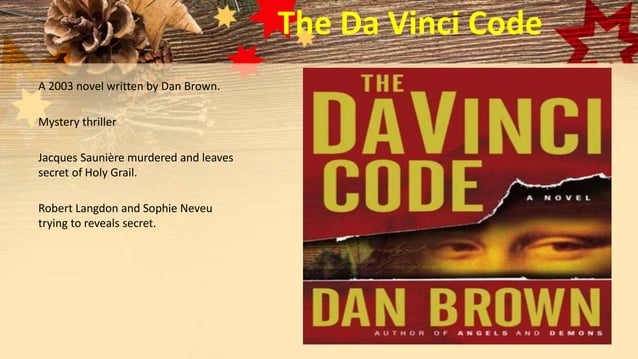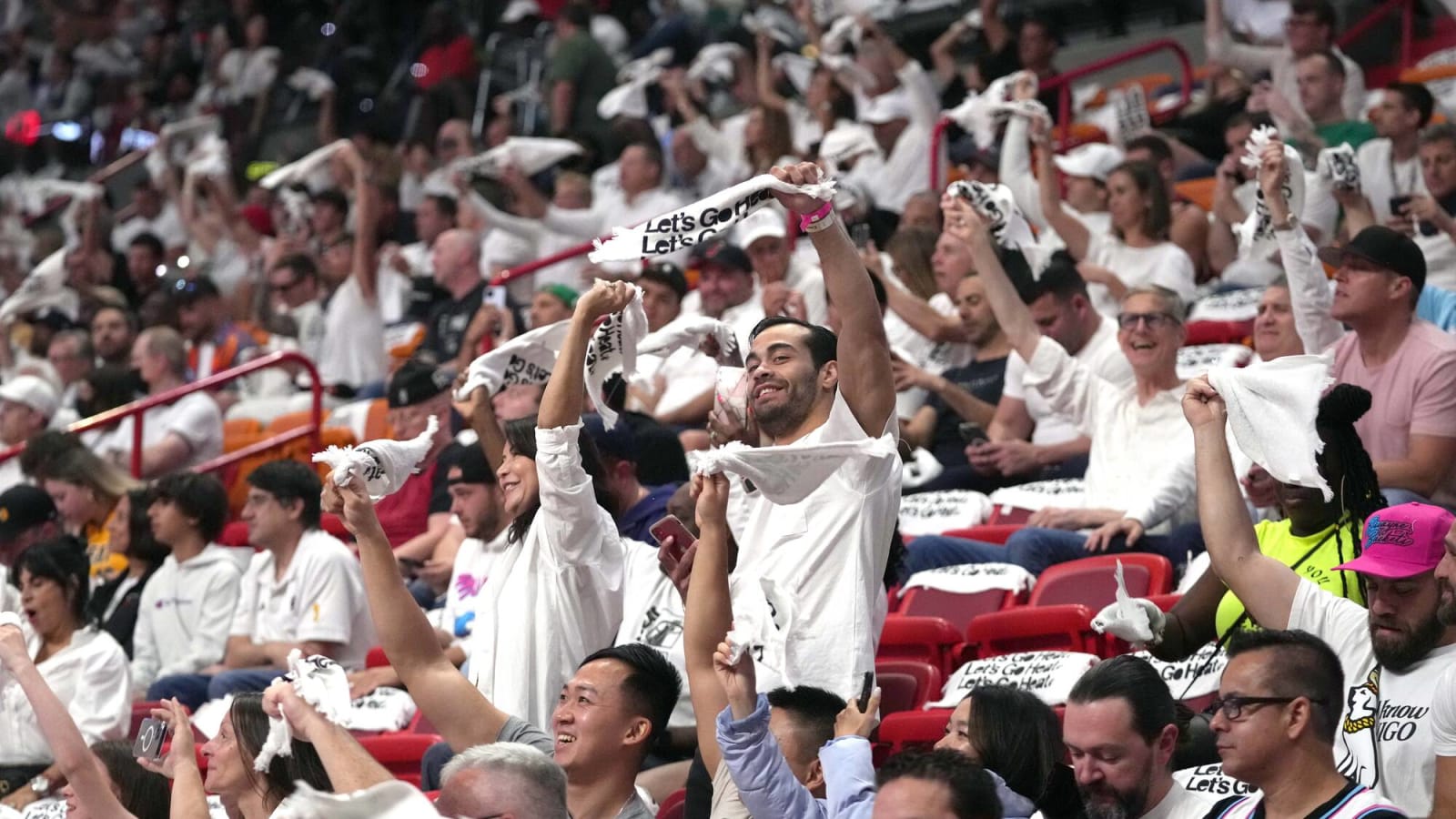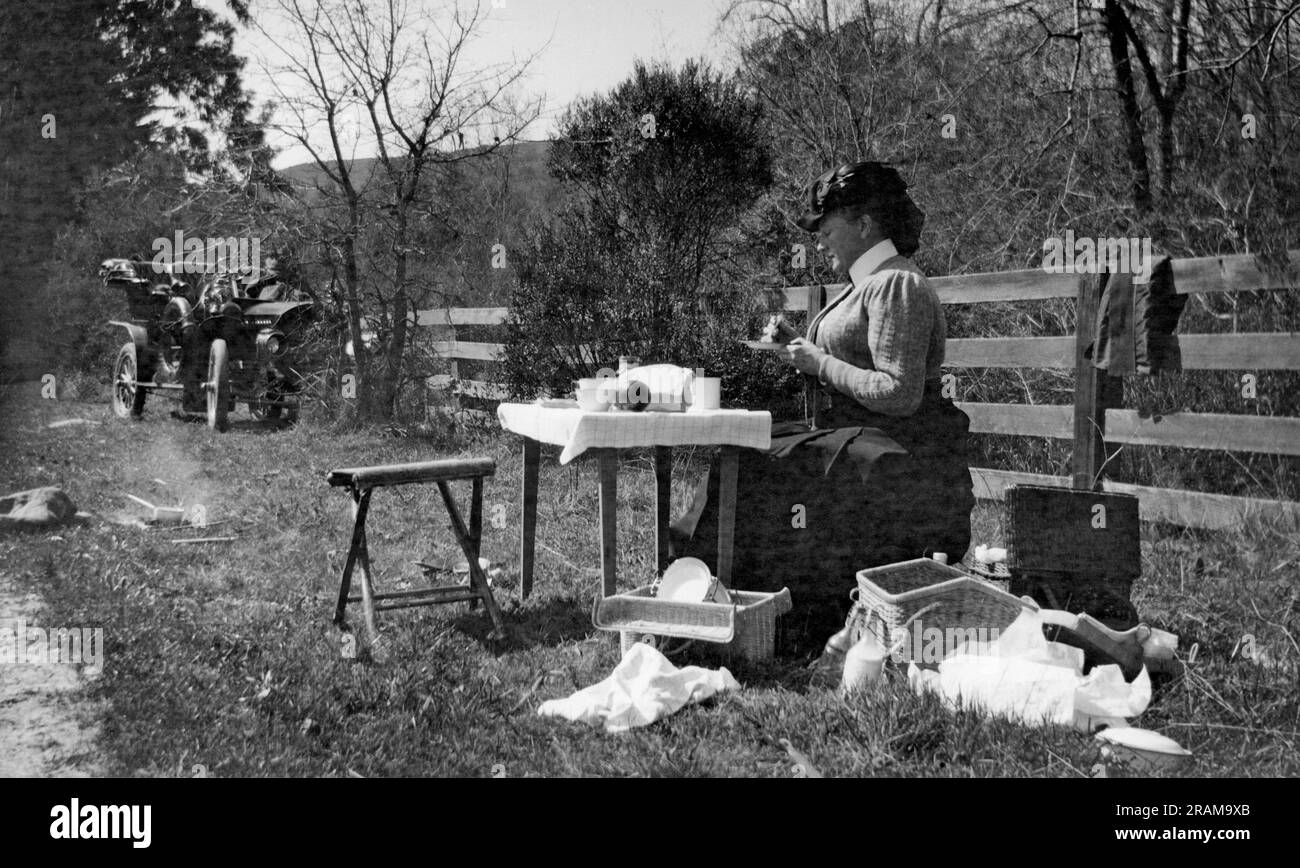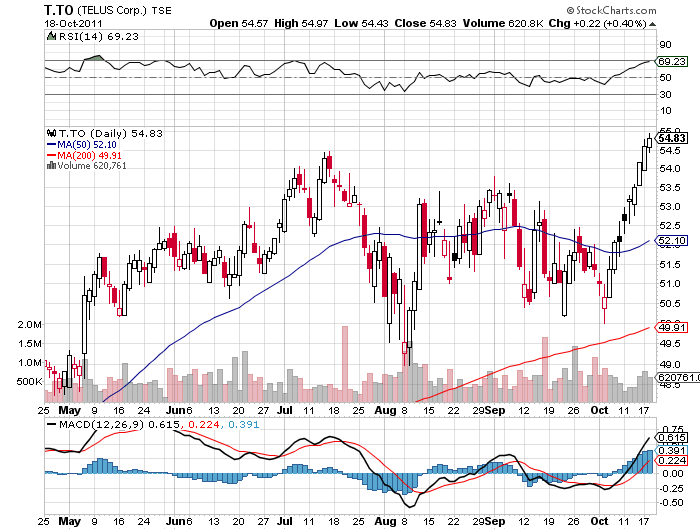The Da Vinci Code: Symbolism, History, And Controversy

Table of Contents
Deciphering the Symbolism in The Da Vinci Code
The Da Vinci Code is rich with symbolic imagery, deliberately layered to create an air of mystery and intrigue. This symbolism forms a crucial element of the narrative, driving the plot and inviting readers to engage in a process of interpretation.
Religious Symbolism and Iconography
The novel masterfully employs religious symbols and iconography to craft its narrative. The Holy Grail, far from being a simple chalice, is presented as a metaphor for Mary Magdalene's lineage and her role in early Christianity. The Priory of Sion, a fictionalized secret society, is central to the story, supposedly protecting this secret for centuries. Other significant symbols include:
- The Rose: Representing secrecy, the feminine divine, and the rose line of blood.
- The Pentagram: Used in various contexts, suggesting connections to hidden knowledge and esoteric traditions.
- The Vitruvian Man: Leonardo da Vinci's iconic drawing, symbolizing the harmony between man and the universe, and hinting at hidden meanings.
These symbols are presented within the novel's context, which departs significantly from traditional interpretations, fueling the controversy around the book.
Hidden Codes and Secret Societies
The narrative of The Da Vinci Code hinges on the existence of secret societies and their mastery of cryptography. The novel suggests that these societies have exerted profound influence on historical events, manipulating information and controlling narratives throughout history. This is achieved through the use of:
- Fibonacci Sequence: The numerical sequence appears throughout the novel, hinting at underlying patterns and secret messages.
- Cryptic Clues: The protagonists decipher riddles and clues hidden within artworks and ancient texts, advancing the plot.
- Secret Societies (Fictionalized): The Priory of Sion, in the novel's fictionalization, is presented as a powerful organization protecting a major historical secret. Its existence, in the context presented by the novel, is a point of historical contention.
The novel's use of codes and ciphers adds to its mystique, although the accuracy of their depiction is debatable.
Historical Context and Accuracy of The Da Vinci Code
A central aspect of The Da Vinci Code's allure and controversy lies in its handling of historical figures and events. While fictionalizing aspects of history, the book weaves a narrative that challenges traditional accounts.
Historical Figures and Events
The novel portrays well-known historical figures in a dramatically unconventional light. It reimagines:
- Jesus Christ: As a mortal man with a family, challenging the traditional theological understanding of his divinity.
- Mary Magdalene: As Jesus' wife and the guardian of his bloodline, directly contradicting traditional interpretations of the New Testament.
- Leonardo da Vinci: As a member of the Priory of Sion, encoding secret messages within his art, connecting him to the alleged conspiracy.
This reinterpretation of historical events and figures is precisely what fueled considerable criticism.
Fact vs. Fiction
The Da Vinci Code carefully blends factual elements with fictional narratives. It uses real historical figures and locations but embeds them in a completely fabricated storyline. This blurring of fact and fiction:
- Utilizes Historical Research: The novel draws upon some genuine historical research, particularly surrounding early Christianity and the works of Leonardo da Vinci. However, it selectively uses and interprets that information to support its central thesis.
- Creates Fictional Narratives: The core plot and conspiracy theories presented are entirely fictional, leading to accusations of historical inaccuracies and misrepresentations.
- Promotes Misinterpretations: Critics argue that the novel's style might lead readers to accept its fictional claims as historical truth, promoting misinformation.
The Controversy Surrounding The Da Vinci Code
The publication of The Da Vinci Code prompted widespread debate and criticism from various groups. Its unconventional portrayal of historical figures and religious beliefs led to numerous controversies.
Religious and Historical Criticism
The novel's radical reinterpretations of biblical narratives and religious figures sparked fierce criticism from many religious organizations and historians. Key criticisms included:
- Theological Inaccuracies: Many theologians criticized the novel's portrayal of Jesus and Mary Magdalene as contradicting established biblical accounts and theological interpretations.
- Historical Misrepresentations: Historians pointed out significant historical inaccuracies and the novel's selective use of evidence to support its claims.
- Potential for Offense: The novel's controversial themes and depictions caused offense to many individuals and religious communities.
Impact and Legacy
Despite the controversy, The Da Vinci Code significantly impacted popular culture. Its success:
- Increased Public Interest in History and Religion: The novel prompted increased public discussion about early Christianity, the role of women in religious history, and historical interpretations in general.
- Influenced Other Works of Fiction: The novel's style and themes have influenced numerous subsequent novels and films, particularly those dealing with religious mysteries and historical conspiracies.
- Stimulated Academic Debate: It encouraged academic debate regarding the historical accuracy of traditional religious narratives.
The Da Vinci Code's enduring legacy lies in its ability to spark intense public discourse, even years after its initial publication.
Conclusion
The Da Vinci Code remains a captivating work, provoking debate and fascination with its blend of religious symbolism, historical narratives (or, more accurately, interpretations), and conspiracy theories. The novel’s controversial reimagining of historical figures and events has cemented its place in popular culture, raising essential questions about historical accuracy, religious interpretation, and the power of storytelling. Dive deeper into the world of The Da Vinci Code and unravel its mysteries for yourself! Explore the complexities of its symbolism and consider the ongoing controversies surrounding this iconic work.

Featured Posts
-
 Doom Games Chronological Order A Complete Guide
May 13, 2025
Doom Games Chronological Order A Complete Guide
May 13, 2025 -
 Nba Tankathon A New Kind Of Fandom For Miami Heat Fans
May 13, 2025
Nba Tankathon A New Kind Of Fandom For Miami Heat Fans
May 13, 2025 -
 Analysis Kyle Tucker Report And Cubs Fan Disappointment
May 13, 2025
Analysis Kyle Tucker Report And Cubs Fan Disappointment
May 13, 2025 -
 79 Year Old Woman Missing In Portola Valley Search Underway
May 13, 2025
79 Year Old Woman Missing In Portola Valley Search Underway
May 13, 2025 -
 Telus Q1 2024 Profit Soars Dividend Hike Announced
May 13, 2025
Telus Q1 2024 Profit Soars Dividend Hike Announced
May 13, 2025
Latest Posts
-
 Chris Evanss Affection For Scarlett Johansson A Look At Their Close Bond
May 13, 2025
Chris Evanss Affection For Scarlett Johansson A Look At Their Close Bond
May 13, 2025 -
 Shifting Sands South Africa Takes The Lead In Global Apple Exports
May 13, 2025
Shifting Sands South Africa Takes The Lead In Global Apple Exports
May 13, 2025 -
 New Zealands Apple Export Dominance Challenged By South Africa
May 13, 2025
New Zealands Apple Export Dominance Challenged By South Africa
May 13, 2025 -
 South Africa Now Top Apple Supplier Outpacing New Zealand
May 13, 2025
South Africa Now Top Apple Supplier Outpacing New Zealand
May 13, 2025 -
 Rediscovering A Hidden Gem Scarlett Johansson And Chris Evans Comedy On Netflix
May 13, 2025
Rediscovering A Hidden Gem Scarlett Johansson And Chris Evans Comedy On Netflix
May 13, 2025
